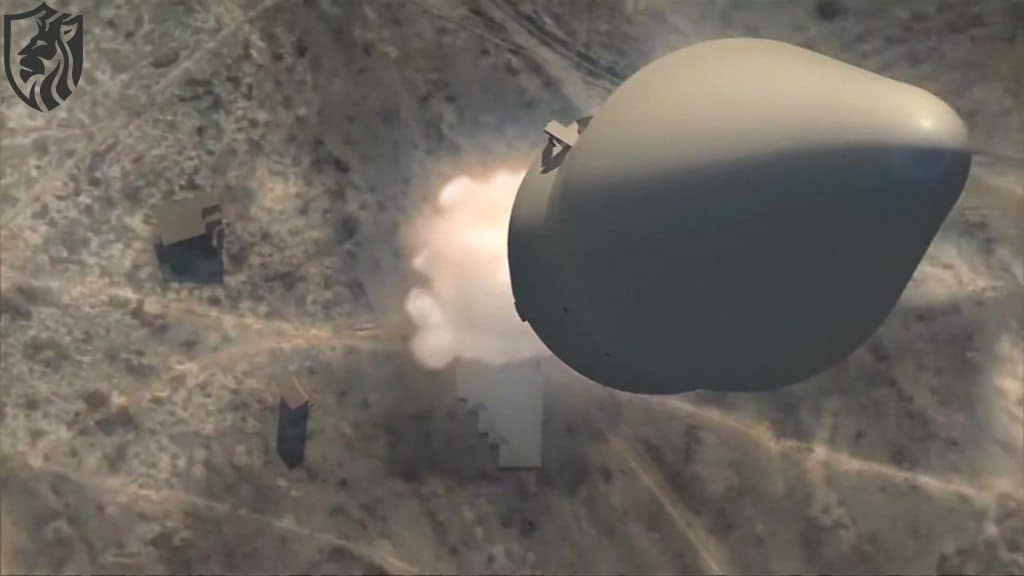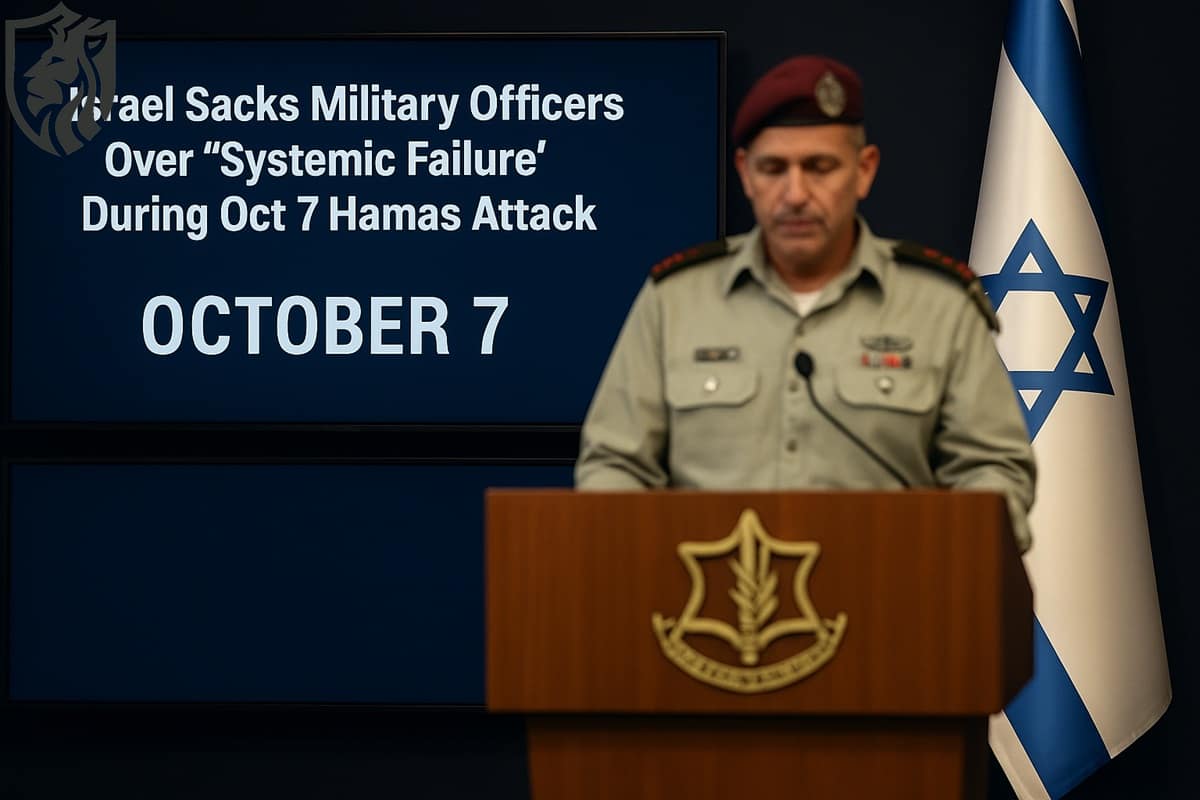
Iran Unveils 500m-Deep Missile Base in Gulf
Iran has disclosed a large underground naval missile site located somewhere in the Persian Gulf, as reported by Iranian state media. This announcement, shared by Reuters, comes amid increased tensions between Tehran and Washington, raising worries about security in the region.
Increasing Geopolitical Strain
Iranian officials are more concerned about the risk of military action against its nuclear infrastructure. Former U.S. President Donald Trump’s close relationship with Israeli Prime Minister Benjamin Netanyahu raises fears the two may plan a preemptive strike on Iran. This worry originated from Trump’s time in office, when U.S.-Iran relations worsened due to his exit from the nuclear agreement and the instatement of heavy sanctions.

The potential for military escalation highlights Iran’s ongoing efforts to protect its key assets, especially its nuclear sites. Regional and global security could face serious issues if tensions escalate into direct conflict.
Details of the Underground Site
State television aired footage of General Hossein Salami, commander of the Revolutionary Guard, touring the site. Salami claimed it is one of several built underground to house boats that can launch long-range missiles for extended military actions.
The site is positioned 500 metres underground and has radar-evading boats ready to launch cruise missiles. This depth offers significant shielding against regular airstrikes and low-yield cruise missiles. Still, it could be at risk from advanced weapons like the U.S. MOAB (Massive Ordnance Air Blast) and specialised bunkerbusters, such as the GBU-28.
U.S. and Israeli Responses
Both the U.S. and Israel have weapons that can target deep underground locations. The MOAB, known for its tremendous shockwaves, can demolish fortified constructions. Israel also possesses advanced bunker-busting bombs designed to penetrate thick concrete at deep levels. Though not likely, tactical nuclear weapons could potentially destroy such deep facilities.
Iran’s Military Drills
Iran’s ongoing military exercises, lasting two months, focus on its ability to fend off missile and drone attacks on vital locations, including the nuclear site in Natanz. The drills simulate complicated aerial assaults, assessing the strengths of Iran’s air defense systems.
The exercises include:
- The exercises involve testing ballistic and cruise missile interception capabilities.
- The exercises also involve the deployment of advanced long-range drones.
- Iran is coordinating its ground, air, and naval forces to counter simultaneous threats.
- Iran is currently assessing its cyber defense capabilities to combat electronic warfare.
- By showcasing its readiness, Iran aims to dissuade enemies while honing its modern warfare techniques.
Growth of “Missile Cities”
Iran’s underground missile sites—often called “missile cities”—are essential to its defense approach. The strategic placement of these facilities along the Persian Gulf ensures their effectiveness. In 2021, Iran will open an underground facility with naval missile systems that can hit targets hundreds of kilometres away.
The Revolutionary Guard disclosed additional underground sites in March 2022 that could launch kamikaze drones and missiles. These advancements underscore Iran’s dedication to improving the mobility and power of its military.

Effects on Regional Security
Iran’s reveal of this underground site serves several purposes.
- Strategic Deterrence: By showcasing military strength, Iran aims to prevent possible attacks on its nuclear assets.
- Operational Readiness: The use of advanced technologies allows Iran to quickly respond to changing threats.
- Regional Messaging: This action shows that Tehran is determined to protect its interests despite outside pressures. However, having the base increases the risks in an already unstable area. Any conflict linked to Iran’s missile abilities could upset the Gulf, interfere with global energy distribution, and lead to larger geopolitical issues.
Conclusion
Iran’s underground missile base highlights its focus on being resilient and deterring threats. Despite its deep and well-protected location, advanced U.S. and Israeli weapons can still target it. As tensions continue, the region’s future remains unclear, underscoring the importance of diplomatic efforts to prevent escalation.
References
- “Iran unveils new missile city in Persian Gulf,” Reuters. Available at: https://www.reuters.com
- “Iran’s underground missile sites: Strategic deterrence or escalation?” Al Jazeera. Available at: https://www.aljazeera.com
- “Iranian military drills simulate defense against aerial attacks.” Defence News. Available at: https://www.defensenews.com








